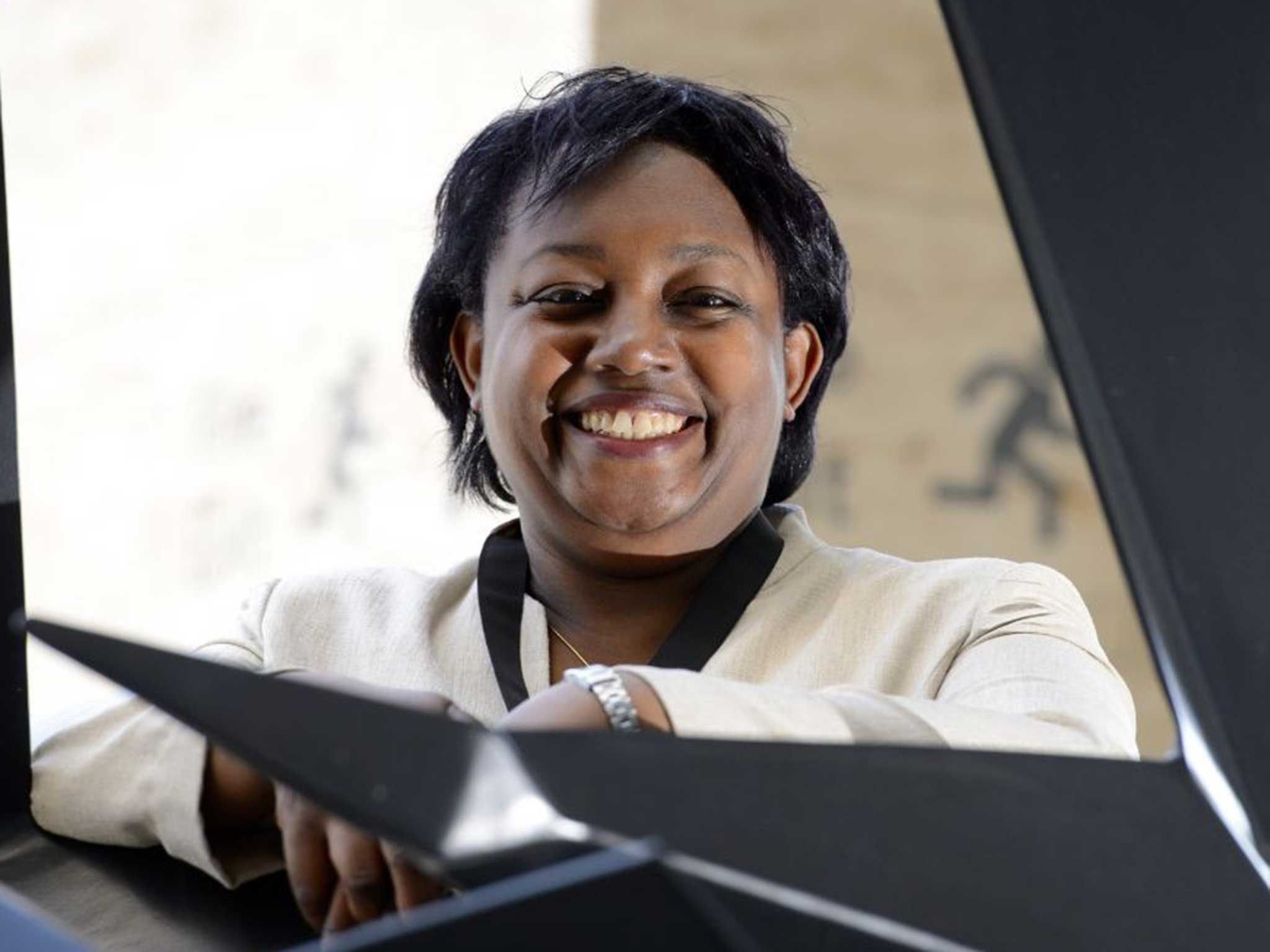Children's books are too white, says Laureate
Malorie Blackman appeals for a better ethnic mix of authors and characters and the illustrator Quentin Blake comes to the rescue

Your support helps us to tell the story
From reproductive rights to climate change to Big Tech, The Independent is on the ground when the story is developing. Whether it's investigating the financials of Elon Musk's pro-Trump PAC or producing our latest documentary, 'The A Word', which shines a light on the American women fighting for reproductive rights, we know how important it is to parse out the facts from the messaging.
At such a critical moment in US history, we need reporters on the ground. Your donation allows us to keep sending journalists to speak to both sides of the story.
The Independent is trusted by Americans across the entire political spectrum. And unlike many other quality news outlets, we choose not to lock Americans out of our reporting and analysis with paywalls. We believe quality journalism should be available to everyone, paid for by those who can afford it.
Your support makes all the difference.Books aimed at children and young adults are still too white and should include more characters from ethnic minorities, according to the Children's Laureate.
Malorie Blackman said the landscape of children's literature did not reflect the cultural diversity of young people in the UK, an imbalance that may discourage ethnic minority children from reading, and from writing books themselves. Her comments gained immediate support from other authors.
"Very, very few picture books are published in this country that feature children of colour," she told Reuters news agency. "We might have dogs, cats, rabbits, puppies, but when it comes to children, very few [featuring different ethnicities] are published."
Ms Blackman, the author of the Noughts and Crosses series for young adults, said that when she began her writing career she was told white children would not want to read books featuring black characters.
She said there was still not enough ethnic diversity among Britain's writers. "I can reel off 10 or 15 black and minority ethnic authors in the UK, but I should be able to reel off a hell of a lot more," she said.
Quentin Blake, celebrated as the illustrator of Roald Dahl's books, said that Ms Blackman was "probably right", adding that he often included characters from ethnic minorities in his illustrations even when he wasn't prompted.
"If I have a group of children I generally do some kind of mix," he said. "I became aware of that over time – one sort of learns things as you go along. It rather depends on what the story is. The book that you illustrate very often has an assortment of characters, but perhaps not the lead.
"Two or three years ago I did David Walliams's first book, The Boy in the Dress, which was about an ordinary lower-middle-class white boy. I asked to do eight extra pages of drawings of the other children in the school, who were not characters in the book … there's a fair mixture there, I think."
He added that children's writers should take responsibility for creating ethnic minority characters rather than leaving it up to the illustrators.
"We need people to write those books," he said. "It's not really for me to make rules for writers and illustrators, but I think they will become aware of that. It has to spring naturally out of things. Maybe Malorie talking about it may make people a bit more aware, but you've got to write it properly; you can't do it on a quota system or something like that."
Anthony Horowitz, the author and screenwriter who wrote the Alex Rider series of teenage spy novels, said the Children's Laureate was right to raise the issue, adding that she was a "brilliant champion for young adult fiction and for black readers and black writers".
But he added: "Can writers like me help? I'm not sure. If I try to write a character from an ethnic background I will not be writing from my own experience and I may lay myself open to all sorts of accusations – tokenism, for example. Am I being patronising? And is it my job to tell a story or to help shape society?
"We simply need to create more Malories – and I'm optimistic. Look at Steve McQueen, Idris Elba, Lennie James, Ben Okri. Ozwald Boateng and many others. In every area of culture and the media, there are black people making their mark."
Last year, a study by the Cooperative Children's Book Center at the University of Wisconsin found that of the 3,200 children's books published in the US in 2013, only 93 were about black people.
Join our commenting forum
Join thought-provoking conversations, follow other Independent readers and see their replies
0Comments